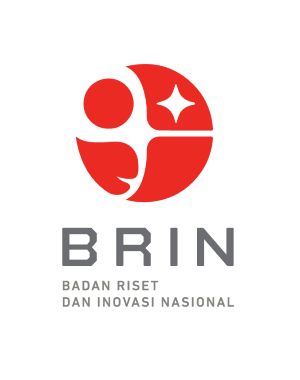UJI BIOAKTVITAS ANTIBAKTERI EKSTRAK MANGROVE TERHADAP BAKTERI PENYEBAB PENYAKIT ACUTE HEPATOPANCREATIC NECROSIS DISEASE
DOI:
https://doi.org/10.33096/joint-fish.v7i2.562Keywords:
Bioaktif, zona hambat, mangrove, Litopenaeus vannamei, antibakteriAbstract
Acute Hepatopancreatic Necrosis Disease (AHPND) is one of the most detri-mental diseases for shrimp farmers, with a mortality rate reaching 100%. One approach to treating AHPND infections involves utilizing mangrove extracts. Several secondary metabolites found in mangroves, such as steroids, triterpenoids, flavonoids, alkaloids, and polyphenols, possess antibacterial properties. The objective of this study is to evalu-ate the antibacterial activity of various mangrove extracts against Vibrio parahaemolyticus strain AHPND. The research method, extraction uses the maceration method. The anti-bacterial activity test used the double layer diffusion method to isolate the bacteria V. parahaemolyticus strain AHPND.. Further tests were carried out to determine the Mini-mum Inhibitory Concentration (MIC) and Minimum Bactericidal Concentration (MBC) of the mangrove extracts. Results: The study revealed that extracts from A. officinalis and R. apiculata inhibited the growth of V. parahaemolyticus, with inhibition zone diameters of 11 mm and 12 mm, respectively. Further testing showed that the MIC and MBC values of A. officinalis were 0.25 mg/disc, producing an inhibition zone diameter of 8 mm, while the MIC and MBC values of R. apiculata were also 0.25 mg/disc, with inhibition zone diameters of 8 mm for MIC and 7 mm for MBC. Avicennia officinalis and Rhizophora apiculata show potential to be developed as natural antibacterial agents in aquaculture.













